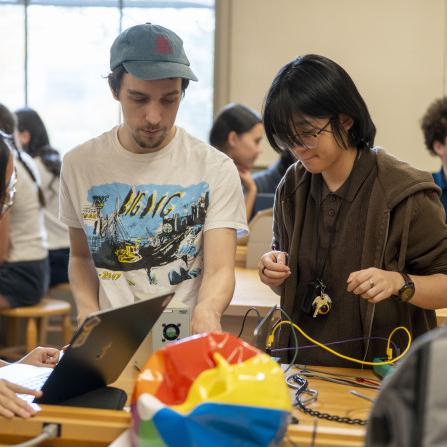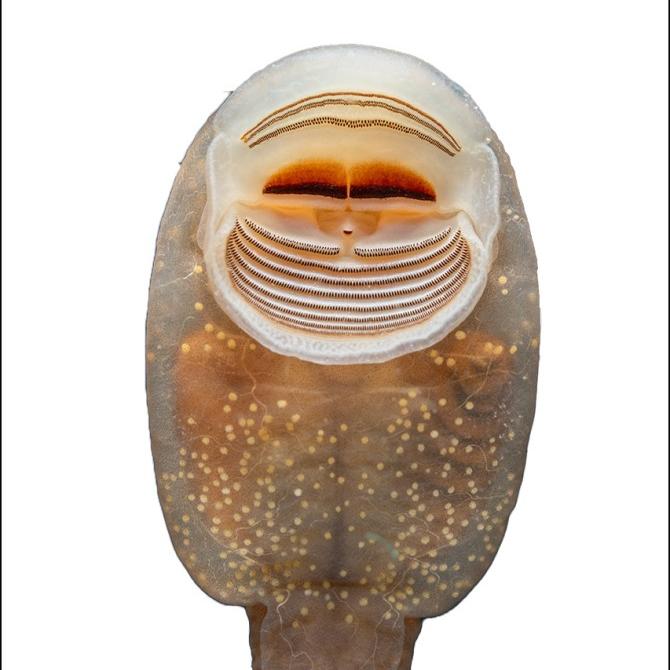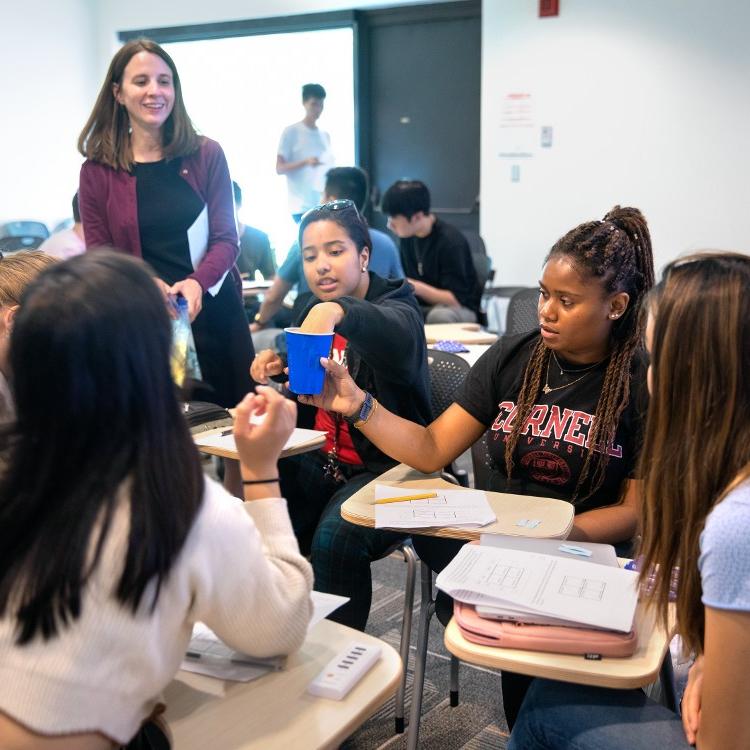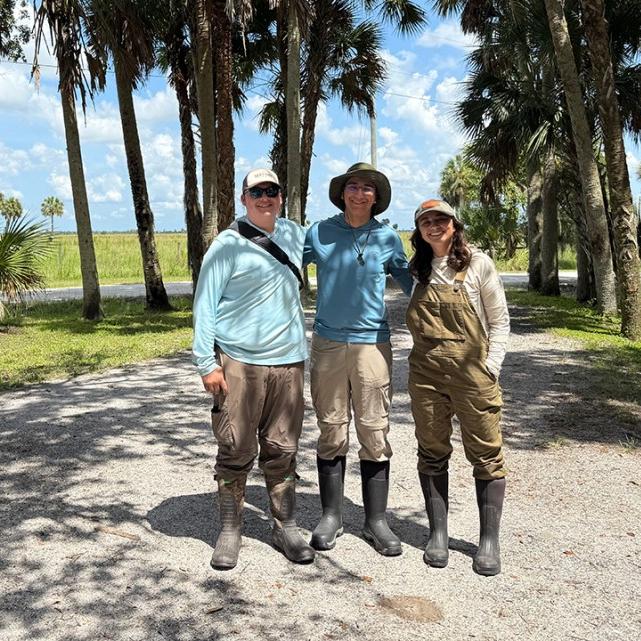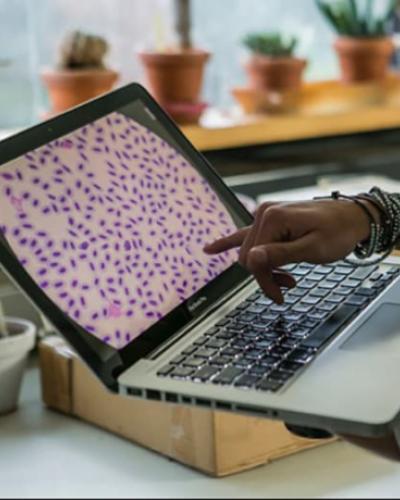The flagrant buzzing mosquito, pursuing its blood meal despite our defensive maneuvers, is a decidedly dangerous and prolific vector. This ectoparasite is the most identifiable disease-transmitter in the world—malaria, elephantiasis, dengue fever, and yellow fever—as a consequence of the symbiosis between mosquitos and noxious pathogens.
Bird populations, like humans, are threatened by mosquitoes. The spread of avian malaria can be deadly among unexposed bird populations. In humans, symptoms such as fever, shivering, and perspiration can reveal the presence of malaria, but the avian variation is more insidious, proceeding incognito, without any obvious indications.
“Instead of having outbreaks where bird populations die off, avian malaria has evolved with birds for a very long time,” says David A. Chang van Oordt, a doctoral student in David W. Winkler’s lab, . Chang van Oordt continues, “The thing with avian malaria is that it’s a very widely studied interaction. It can be found everywhere, and it affects bird species in most ecosystems, although I don’t believe we know enough about the tundras and Antarctica. But still the disease is not typical in many ways. So for one, there’s a huge diversity. The particular type of the disease you are looking at depends on the environment and the evolutionary history of the bird. And also, we are not aware of many epidemics, so instead of understanding why it is killing off these animals, we have to understand why it’s not.”
Flight Patterns and Parasites
Chang van Oordt hopes to understand how migration patterns of certain bird species affect the transmission patterns of the disease and the evolution of its pathogens. “The basic question I would like to address,” he says, “is whether the fact that the host, the bird, is migratory or non-migratory, has any bearing on the evolution of the parasite. Or to put it in other words, how is the parasite diversity connected to travel ranges and migration activity of the birds?”
Rather than considering avian malaria a disruptive or eliminative process, Chang van Oordt regards it as part of the larger ecosystem, a community characteristic. One case, however was an exception—an outbreak that ravaged the native bird population of Hawaii.
“This particular type of mosquito, known as the southern house mosquito, was introduced in the early 1800s, and now about 75 percent of endemic bird species are either extinct or endangered,” Chang van Oordt says. Although the disease was present on the island due to migrating seabirds and shorebirds, there was a lack of vectors on the island, and so the disease was not able to spread.
Even in cases where symptoms are not as obvious, research has shown that afflicted birds have a lower hemoglobin percentage, shortened telomeres, and contracted life-spans, and therefore altered life histories. For its variety, inconsistency, and ubiquity, Chang van Oordt believes, it is important to study this pathology.
Why Cornell?
The universality of avian malaria has prompted significant research. Substantive work has been done on its diversity and the factors that drive its prevalence in different ecological contexts. Some recent studies, according to Chang van Oordt, are even investigating the spatial trajectory of specific cases, examining for example, whether certain bird populations acquired the parasite at their winter grounds or their breeding grounds. What the literature lacks, however, is a comprehensive and compelling analysis that ties the geographical dispersion of birds with the evolution of the disease in their communities—Chang van Oordt’s interest. And Cornell University—and Winkler’s lab in particular—is the best fit for conducting this research.
At the Universidad Peruana Cayetano Heredia, Chang van Oordt studied stress patterns and avian malaria in sparrow populations. Applying to graduate school, he was drawn to the spatial ecology work that Winkler’s lab has been doing on the movement of tree swallows, a project on understanding how this is affected by factors such as climate change.
One of the primary complexities of studying the dispersal of migratory populations, according to Chang van Oordt, is the challenge of recording measurements on the same individual bird multiple times. There has to be a process through which birds are uniquely identified, and then each specific bird can be observed at least twice prior to the migration and following the return. While larger birds can be tagged with devices that report route specifics, the batteries of these trackers are often too heavy and hinder the flight of smaller birds such as tree swallows. Winkler, along with a team of Cornell engineers, developed solar-powered tags that weigh just 0.7 grams, for this purpose.
“And then, Cornell has the Lab of Ornithology, which is one of the best places to study birds in the world. And in most departments, certainly in my own, the roster of research topics is really varied. So you can learn from all sorts of perspectives, techniques, curiosities, and you get all these other ways to look at your research question.”
Inspiration through Collaboration, from the Start
Chang van Oordt, in the early stages of his research, is engrossed in developing an optimal research methodology. In his analysis, he hopes to employ a rich dataset that contains details on bird taxa, life history traits (such as whether the species migrates, and if so, what their range is), the community structure and malaria dispersion across populations, and whether there is spatial heterogeneity in the characteristics of the parasites. Chang van Oordt is optimistic and expresses gratitude, regarding all the opportunities he has to collaborate with brilliant faculty members and researchers.
“Recently I met with Dr. Laura Harrington,” he beams, “which was wonderful because she studies mosquito vectors and has done some work on human malaria as well as other diseases such as dengue and the Zika virus. She was kind enough to explain how I should go about trapping mosquitoes and gathering information. If I hadn’t been at Cornell, I wouldn’t have had this opportunity.”
Chang van Oordt grew up in Lima, Peru. “The funny thing about Lima,” he remarks, “is that it is in the desert. So there is not much around the actual city. There are pockets of very interesting ecology, but it’s not lush wilderness with diverse wildlife. So much of my initial interest in biology comes from watching documentaries.”
Now, by understanding and revealing the most relevant environmental and migratory factors that determine the transformation and transmission of avian malaria, Chang van Oordt hopes for a better understanding of the disease, itself.
This article was originally published in CornellResearch (photo by Jesse Winter).

